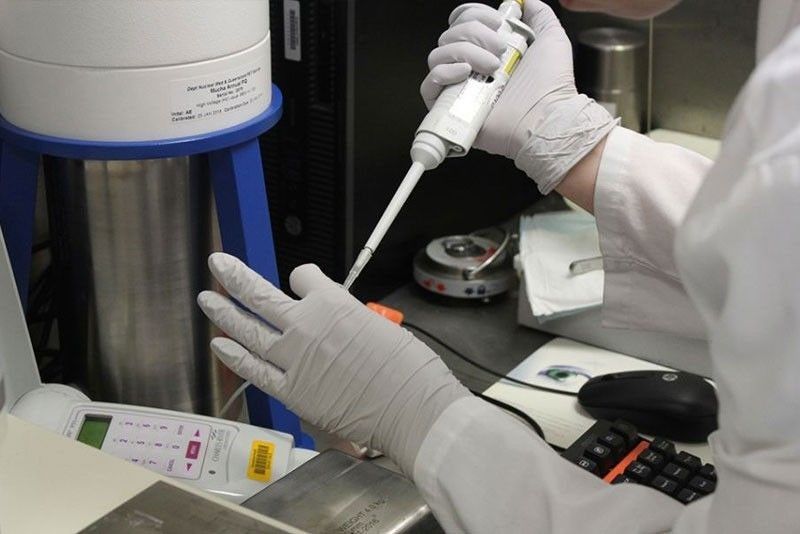Nuclear med facility to cut cancer detection cost

MANILA, Philippines — A new building for the Center for Nuclear Medicine Research and Development (CNMRD) is set to rise as part of a government program to enable early cancer detection and treatment through more affordable cancer diagnosis in the country.
Engineer Carlo Arcilla, director of the Department of Science and Technology-Philippine Nuclear Research Institute (DOST-PNRI), said construction of the building will begin soon with a funding of P50 million.
Arcilla said government has earmarked more than P1.1 billion for brand-new medical cyclotron and positron emission tomography-computer tomography (PET-CT) scanners, making the total budget to establish the CNMRD cancer staging center around P1.2 billion.
“We want to bring down cancer diagnosis costs by half,” Arcilla told The STAR in a phone interview.
A cyclotron in tandem with PET-CT scanning can provide better imaging and are far more reliable for detecting cancer than conventional CT scans MRI, ultrasound or blood tests.
“Every year, 70,000 people die from cancer, and the best way to diagnose them early is through PET-CT scans,” Arcilla stressed.
He said that while early diagnosis is key to successfully winning over cancer, the sheer expense is discouraging – sometimes, beyond the reach – for many Filipinos.
Cancer, diabetes, heart and lung diseases together make up the top causes of annual deaths in the Philippines.
At present, PET-CT scanning costs around P40,000 to P60,000. Once operational, the proposed nuclear medicine facility aims to bring down the cost to around P20,000-P25,000.
The PET-CT scan is a nuclear medicine functional imaging technique to detect cancerous tissues and cells in the body that are not always found through CT or magnetic resonance imaging, explained Arcilla.
He said the only reason why Filipinos are not getting PET scans even if advised by their doctors is the prohibitive cost.
Since the Philippines has only four cyclotron facilities and 11 PET-CT scanners – most of them located in Metro Manila – lowering the cost of PET-CT scans remains quite a hurdle for the medical sector.
The government investment in the cyclotron and imaging facilities will go a long way in making the procedure more available throughout the country, said Dr. Thomas Neil Pascual, an international expert on nuclear medicine and DOST Balik Scientist spearheading the project.
“We really have few operational medical cyclotrons in the country, which limits our access in terms of cost and technology,” said Pascual.
Cyclotrons produce important radiopharmaceuticals such as Fluorine-18 which are used for PET-CT scans. When taken in by the patient, these special drugs emit low doses of radiation, which are otherwise not harmful.
Radiation is used to provide images of organs such as the brain, lungs, kidneys, liver and thyroid. These images are in turn studied by doctors to find any telltale signs of particular diseases like cancer.
Apart from serving as a diagnostic center, the proposed facility will also serve as a training hub for current and aspiring nuclear medicine practitioners in the country.
- Latest
- Trending



























